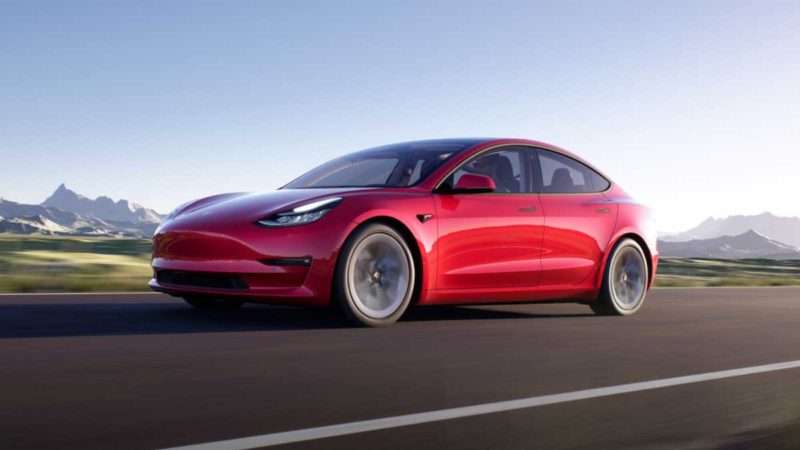Tesla has confirmed it will begin overhauling the autopilot system in its Model 3 and Model Y cars immediately, ditching radar in favour of an entirely camera-based system.
The announcement confirms hints CEO Elon Musk made only last month that the car-maker was on the verge of ditching radar altogether, saying a vision-only system was that was needed for a fully self-driving vehicle.
The switch to an entirely camera-based system will put Tesla apart from the majority of its competitors, which use radar and LiDAR technology to complement camera-based technology.
The change will initially apply to Model 3 and Model Y vehicles made for the North American market. Tesla said it would use the initial roll-out of Tesla Vision to monitor the system before it was applied to all models and markets.
The change will temporarily limit the Autosteer, Smart Summon and Emergency Lane Departure Avoidance functions, but these functions should be reinstated via a software update relatively quickly.
The Autosteer function will only work under 75 miles per hour with a longer minimum following distance. The Smart Summon function – the more advanced autopilot capability which allows the car to complete complicated manoeuvers such as parking – and the Emergency Lane Departure Avoidance function may be temporarily disabled..
The functions will be restored “in the weeks ahead”, Tesla said in a statement.
“We are continuing the transition to Tesla Vision, our camera-based Autopilot system. Beginning with deliveries in May 2021, Model 3 and Model Y vehicles built for the North American market will no longer be equipped with radar,” the car-maker said.
“Instead, these will be the first Tesla vehicles to rely on camera vision and neural net processing to deliver Autopilot, Full-Self Driving and certain active safety features. Customers who ordered before May 2021 and are matched to a car with Tesla Vision will be notified of the change through their Tesla Accounts prior to delivery.”
It said all other models would “continue to be equipped with radar and will have radar-supported Autopilot functionality until we determine the appropriate time to transition those vehicles to Tesla Vision”.
Tesla has led the auto industry in the implementation of its “Full Self-Drive” technology, but the roll-out has been dogged by controversies. Last month a Tesla Model S crashed killing the passengers. It appeared no one had been in the drivers seat, prompting claims the car had been on autopilot – claims Tesla denied.
At the company’s first quarter investor update, shortly after the crash, Tesla revealed the company was on the verge of ditching radar technology altogether.
“Our AI-based software architecture has been increasingly reliant on cameras, to the point where radar is becoming unnecessary earlier than expected,” the company said. “As a result, our FSD team is fully focused on evolving to a vision-based autonomous system and we are nearly ready to switch the US market to Tesla Vision.”
James Fernyhough is a reporter at RenewEconomy and The Driven. He has worked at The Australian Financial Review and the Financial Times, and is interested in all things related to climate change and the transition to a low-carbon economy.

